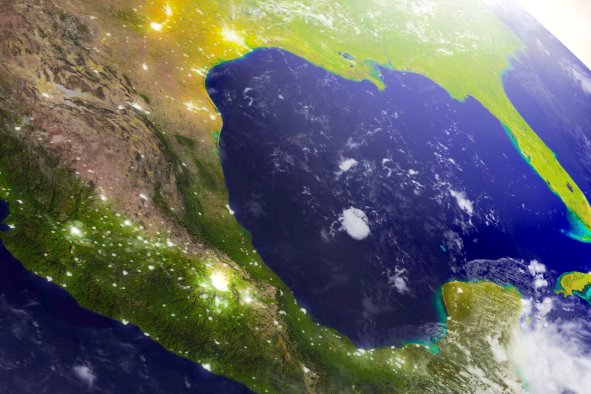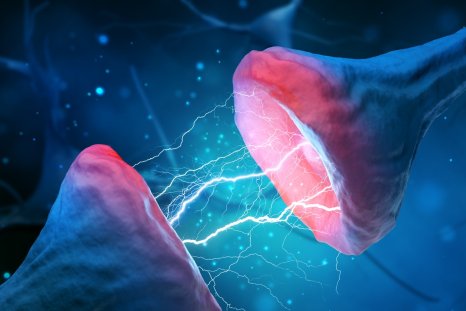Massive lizards could be used to guard sheep from being munched on by blowflies.
These huge reptiles, known as heath goannas, are native Australian scavengers that feast on dead animals such as rats.
By devouring the maggot-infested carcasses of dead animals, the goannas may help save Australian sheep farmers millions of dollars, as they could prevent the spread of blowflies to livestock, according to a new paper in the journal Ecology and Evolution.
These blowflies cost farmers hundreds of millions every year, due to causing a disease known as "fly-strike," resulting from the flies laying eggs in the flesh of sheep, which eventually hatch into flesh-eating maggots. These maggots gnaw into the flesh of the sheep, leading to painful wounds, often resulting in death of the sheep, or at the very least, reduced breeding success.
"Blowflies are a massive problem for the Australian sheep farming industry. They cause a horrible disease that is expensive for farmers to manage and a real animal welfare problem for sheep," study co-author Tom Jameson, a Ph.D. researcher in the University of Cambridge's Department of Zoology, said in a statement.
Sheep are more at risk of being infected by these flies if there are more carcasses laying around that the flies have laid their eggs in, as this results in higher levels of the flies in the general area. Therefore, if there are scavengers around that eat these carcasses before the blowfly larva can hatch, sheep are relatively protected in comparison.
According to the paper, the goannas are much more efficient at lowering the blowfly population than other European invasive scavengers like foxes or cats.
"We found that Australia's native scavengers like heath goannas are much more effective in removing blowflies from the landscape than invasive scavengers like European foxes and cats," Jameson said.
Heath goannas, also known as Rosenberg's monitors, are an endangered species of lizard that can grow up to 5 feet long. They feed by scavenging dead animals, as well as hunting live prey.
In the paper, the researchers describe how they left bodies of dead rats across various sites in the Marna Banggara Rewilding Project area on Australia's southern Yorke Peninsula, counting the number of corpses left and the number of blowfly larvae present after five days.
"It was disgusting—we were counting maggots. After five days we'd find over 1,000 maggots in one rat if a scavenger hadn't found it. Those maggots produce blowflies that can spread up to 20 kilometers in a week, putting local sheep flocks at risk of fly strike," Jameson said.
Using camera trap footage, they could also tell which species of animal had eaten the rats, and how quickly they arrived at the bodies. They found that native Australian scavengers like the heath goanna ate more of the dead rats than introduced European scavengers like the cats and foxes.
Additionally, these foxes and cats often outcompete native scavengers and other species across Australia.
"Predation by invasive foxes and cats has been a major cause of native wildlife loss and ecological degradation in Australia. As such, foxes and cats may both contribute to scavenging ecosystem functions themselves and simultaneously reduce the abundance of native scavengers and the functions that they support," the researchers wrote in the paper. "In the absence of foxes and cats and where heath goannas were more abundant, carcass removal increased, and necrophagous fly reproduction was suppressed."
Therefore, in places where these species are being removed, it is essential to conserve the populations of native scavengers like the goannas to ensure that blowfly populations are kept low.
"The results suggest that conservation work in southern Australia to remove invasive species should also focus on boosting the population of heath goannas and other native species because they're really important for the wider ecosystem," Jameson said. "As well as benefiting native wildlife this will have knock-on benefits for local agricultural industry, and also attract more wildlife tourism."
Do you have a tip on a science story that Newsweek should be covering? Do you have a question about blowflies? Let us know via science@newsweek.com.
Disclaimer: The copyright of this article belongs to the original author. Reposting this article is solely for the purpose of information dissemination and does not constitute any investment advice. If there is any infringement, please contact us immediately. We will make corrections or deletions as necessary. Thank you.



